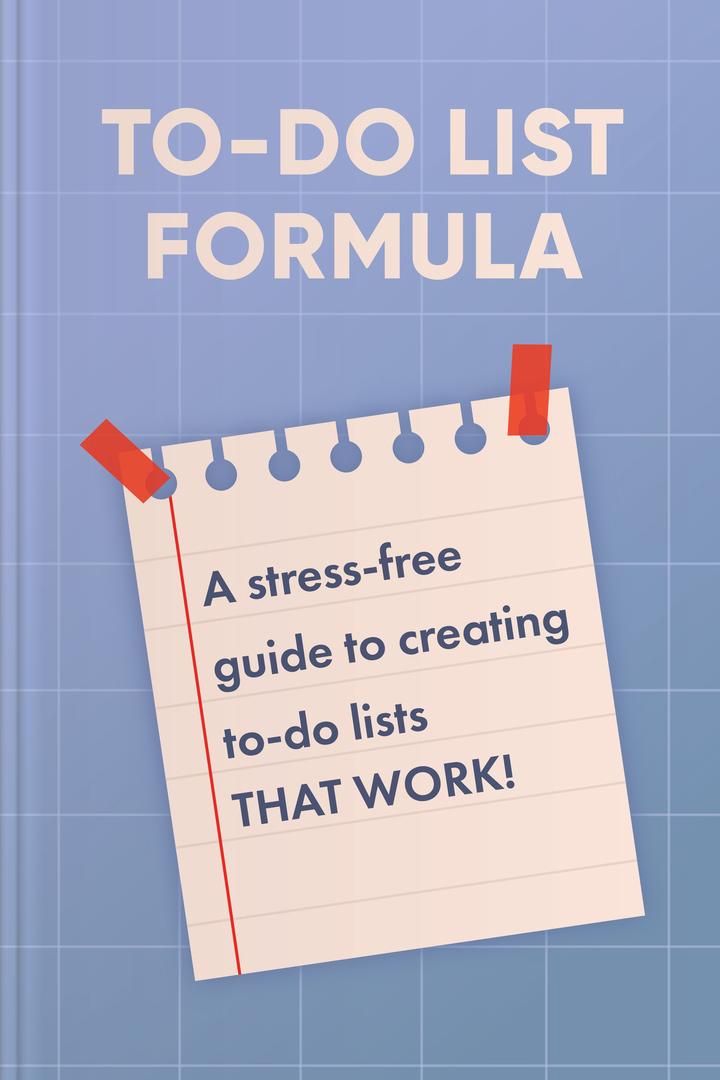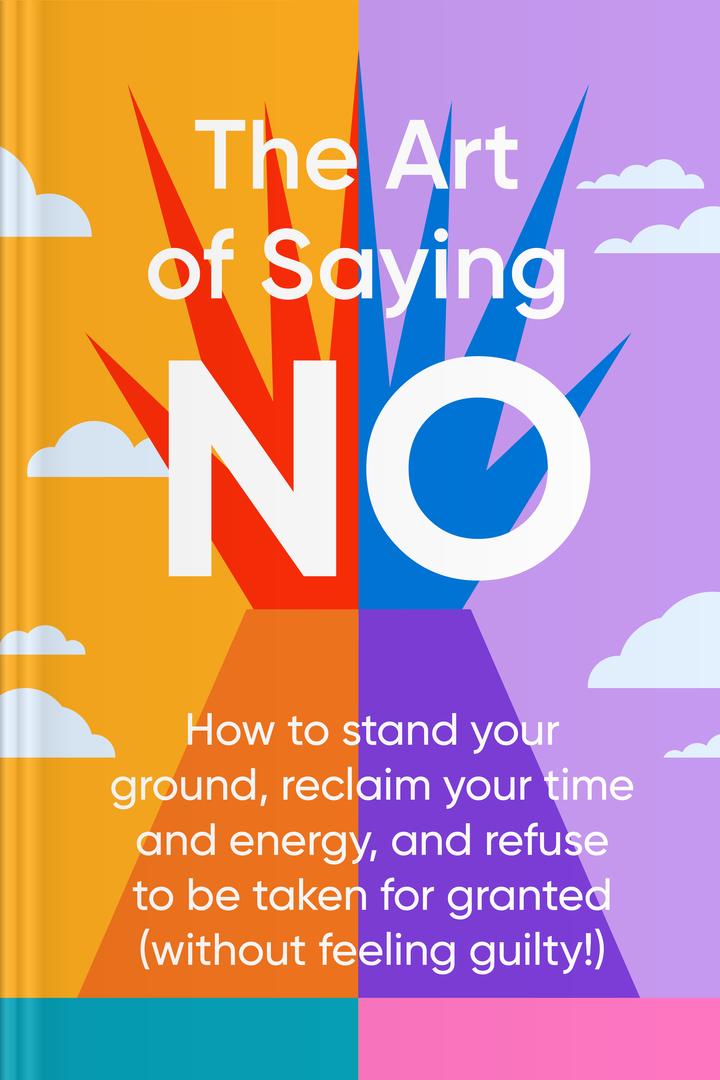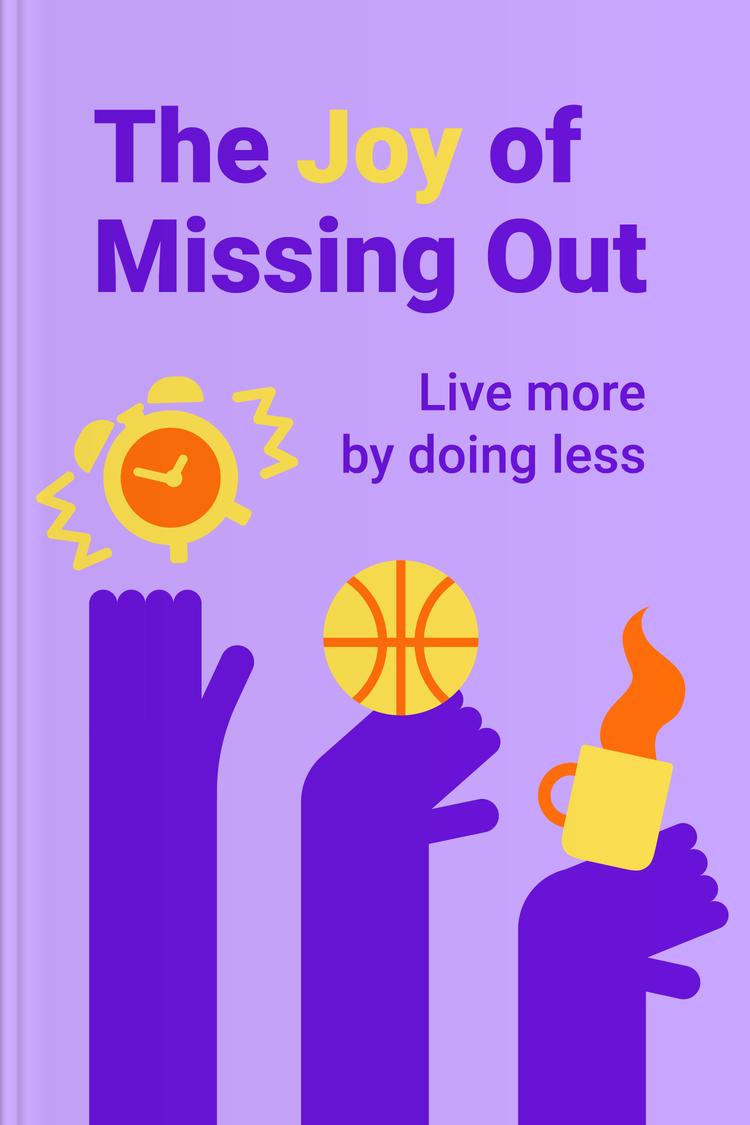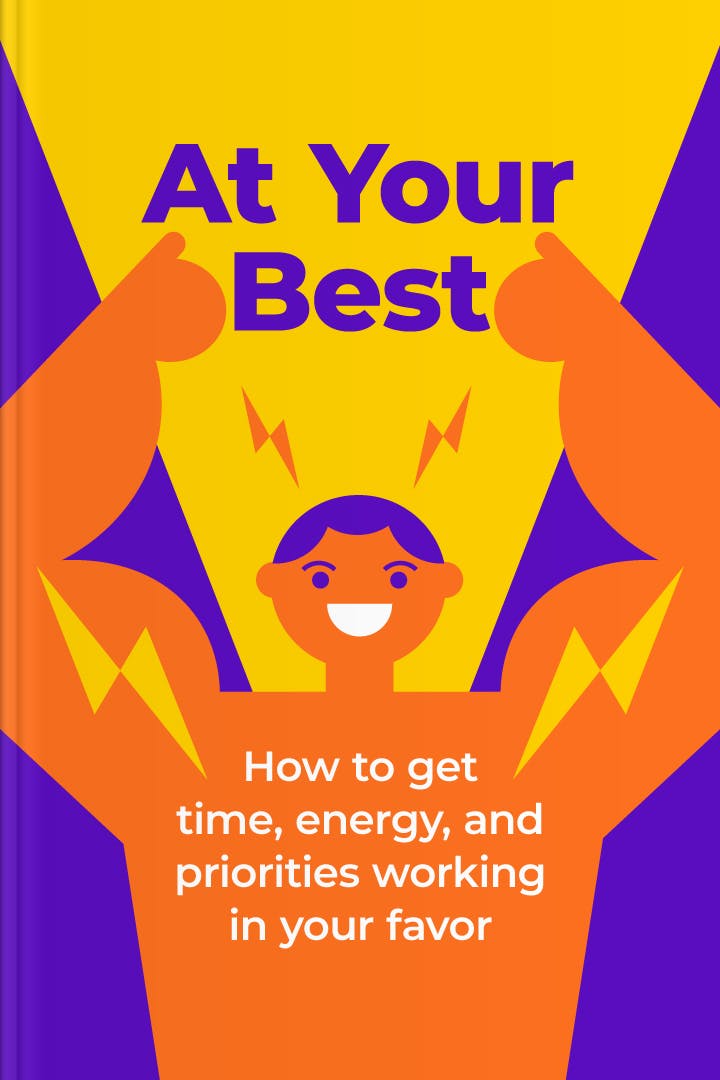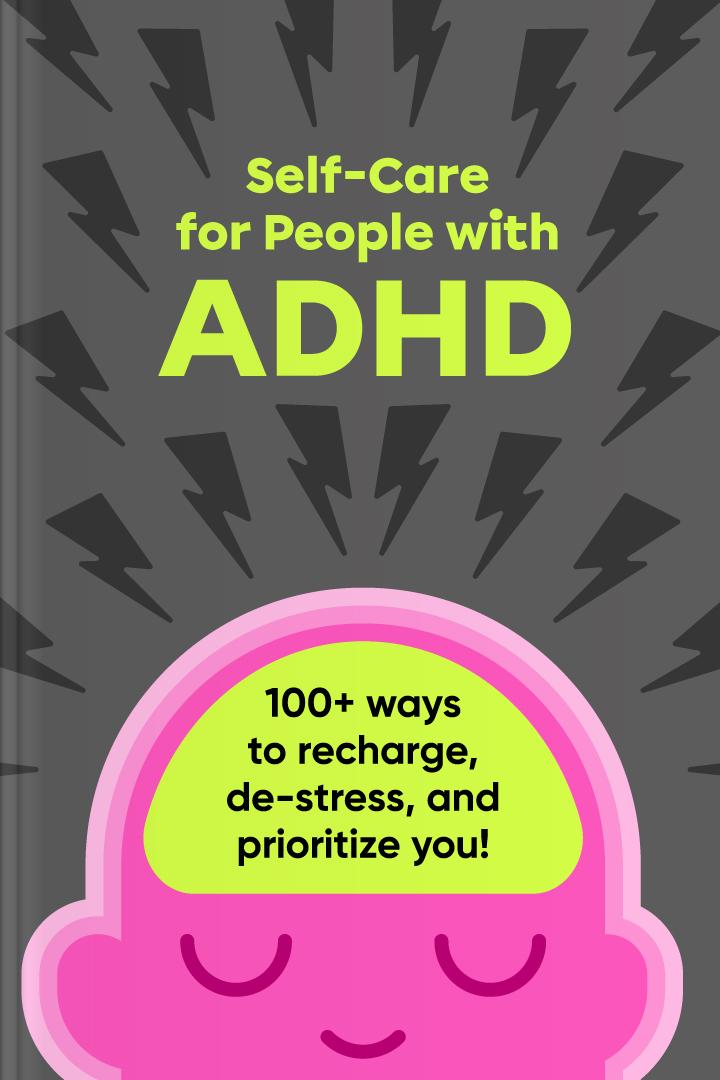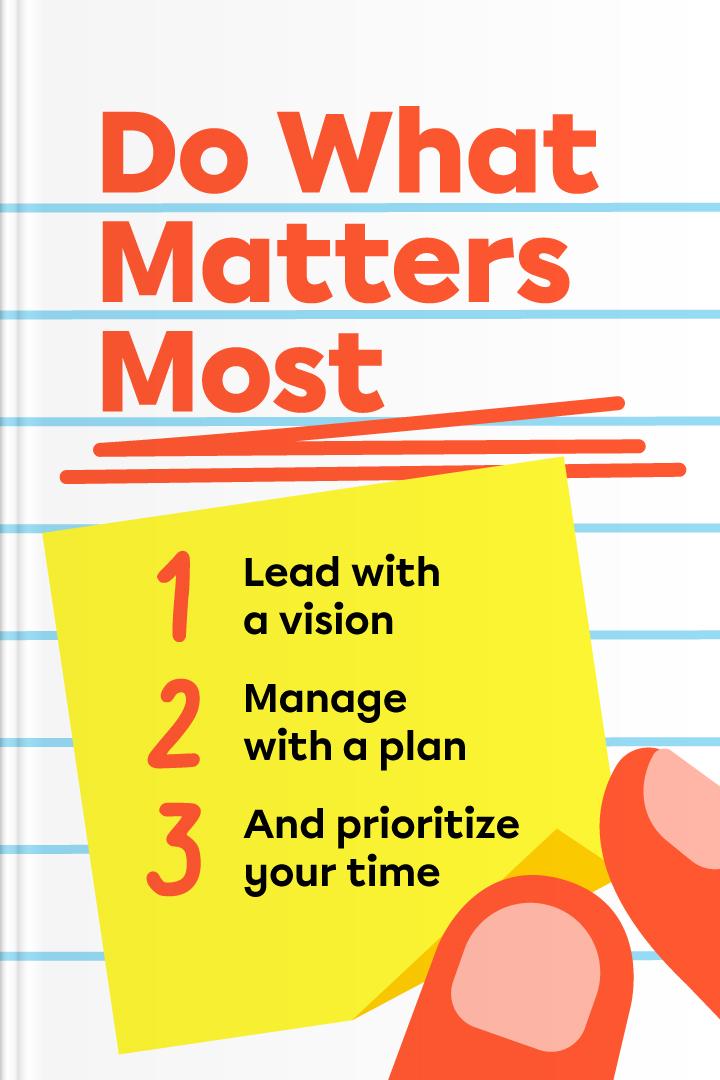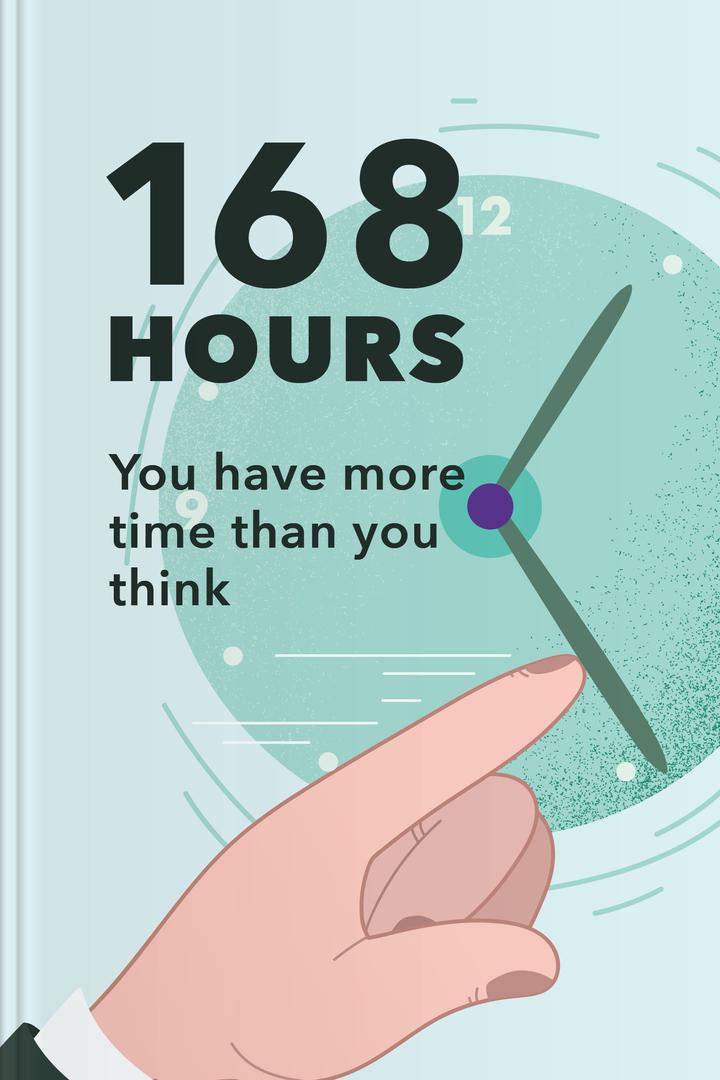11 Best Books On Prioritization
Looking for the best books on prioritization? Prioritization isn't just about doing more; it's about doing what actually matters. The best books on prioritization help you understand why you struggle with priorities in the first place. Whether you're drowning in tasks, unsure where to start, or constantly distracted by urgency, the right book can shift your entire approach to work and life.
This curated selection of books gives real examples and tips about focusing on priorities, along with the things that matter most to you. It will help you cultivate psychological resilience. You'll be able to focus on what you can control, allowing you to spend your resources more efficiently and make more beneficial decisions about your life.
Best books on prioritization: Solve the urgency trap
Books on prioritization address most people's core problem: Confusing urgency with importance. Your inbox floods with emails, your to-do list grows longer by the hour, and suddenly you're spending your entire day reacting to what others think is critical, while your actual goals fade into the background.
This trap doesn't reflect a lack of effort. It reflects a lack of framework. Without clear prioritization principles, even the most organized person can get stuck on low-impact tasks.
Some focus on time management methods, others on decision-making psychology, and some on ruthless elimination of distractions. And who are you among them? David Allen's 'Getting Things Done' teaches you to capture everything in your head and organize it into actionable steps. Rob and Steve Shallenberger's 'Do What Matters Most' helps you identify what truly aligns with your values, not just what feels urgent.
Yet, they share this: Prioritization is a skill you can learn and refine. When you master it, you stop feeling like you're always behind and start feeling like you're always progressing. That's the transformation these books deliver: Not just better productivity, but genuine progress on the work that defines your success.
Books about prioritization
Reading books about prioritization does more than fill your bookshelf; it rewires your thoughts about your responsibilities. As you encounter different frameworks, whether the Eisenhower Matrix, the Pareto Principle, or modern approaches to deep work, you start seeing patterns in your behavior.
You realize which meetings are energy drains, which tasks could be delegated, and which only you can do. Books on this topic also address the psychological side: Why we procrastinate on meaningful work, how perfectionism sabotages prioritization, and how to build confidence in your decisions.
These insights stick with you. After reading, you'll naturally ask better questions: "Will this move me closer to my goal?" and "Is this the best use of my limited time?"
Ultimately, you can make quicker and more thoughtful decisions, feel less overwhelmed, and complete tasks that really matter for you. In addition to increasing your productivity when setting priorities, knowledge and techniques on prioritization will change your approach to relationships and personal growth as well.
It's the foundation for every other productivity system you might adopt, which is why books about prioritization are so transformative.
To-Do List Formula
by Damon Zahariades
Who should read To-Do List Formula
Getting Things Done
by David Allen
What is Getting Things Done about?
Who should read Getting Things Done
The Art of Saying NO
by Damon Zahariades
What is The Art of Saying NO about?
Who should read The Art of Saying NO
The Joy of Missing Out
by Tanya Dalton
What is The Joy of Missing Out about?
Who should read The Joy of Missing Out
At Your Best
by Carey Nieuwhof
What is At Your Best about?
Who should read At Your Best
Self-Care for People with ADHD
by Sasha Hamdani, MD
What is Self-Care for People with ADHD about?
Who should read Self-Care for People with ADHD
Do What Matters Most
by Rob Shallenberger, Steve Shallenberger
What is Do What Matters Most about?
Who should read Do What Matters Most
Free to Focus
by Michael Hyatt
What is Free to Focus about?
Who should read Free to Focus
First Things First
by Stephen R. Covey, A. Roger Merrill, Rebecca R. Merrill
What is First Things First about?
Who should read First Things First
168 Hours
by Laura Vanderkam
What is 168 Hours about?
Who should read 168 Hours
Four Thousand Weeks
by Oliver Burkeman
What is Four Thousand Weeks about?
Who should read Four Thousand Weeks
FAQs about books on prioritization
What are the four P's of prioritization?
The Four Ps of Prioritization are:
Problem – Does the task solve a significant problem?
Profit – What benefit or value will it bring?
Priority – How urgent or essential is it right now?
Potential — What opportunities does it open up in the future?
What is the rule of 3 of prioritization?
The Rule of 3 in prioritization most often refers to choosing the three most important daily tasks to increase productivity. Other popular Rules of 3 involve making decisions about tasks (delegate, delete, do).
Oliver Berkman has a method for working effectively known as the 3-3-3 model. First, dedicate three hours to focused, intensive work. Next, tackle three urgent tasks that need to be completed. Finally, spend time on three additional functions, like cleaning and responding to emails.
What is the 1-3-9 prioritization technique?
The 1-3-9 technique is a simple way to prioritize tasks. It helps you focus on what's important and prevents you from overloading yourself.
How it works:
1 is the most important task of the day that will have the biggest impact or result.
3 is three medium-importance tasks that also move you forward.
9 is nine small or ancillary tasks that you can do if you have time.
What are the four levels of prioritization?
Use tools like the Eisenhower Matrix to divide tasks into four levels of prioritization: Urgent and important, important but not urgent, urgent but not important, and neither urgent nor important. First, focus on getting important and urgent things done.
What is the 3x3 matrix of prioritization?
The 3x3 Priority Matrix is a visual tool for prioritizing tasks by importance and urgency. It allows you to prioritize tasks based on two criteria: Importance and urgency. Do the important and urgent things first — these are the key tasks that can’t be postponed. Then move on to the important but not urgent things — these are the ones that lead to growth and long-term goals.
What is the prioritization matrix for ADHD?
For people with ADHD, the usual priority matrix (like Eisenhower or 3×3) often doesn’t work because it requires long-term focus and complex analysis. Here’s an optimal choice in 4 zones:
Things that move me forward (Important + Understandable)
Things that can be done quickly (≤15 min)
Things that need help or structure
Things that are exhausting or not helpful
What is the pyramid of prioritization?
The priority pyramid is a model that helps you organize tasks or goals according to their importance and impact. It resembles Maslow’s pyramid of needs: What’s at the bottom is the foundation; what’s at the top is the superstructure.
The bottom level is basic things (health, sleep, living, essential work tasks). The middle level is growth goals (skill development, learning, relationships). The top level is the meaning of life and strategic priorities.
